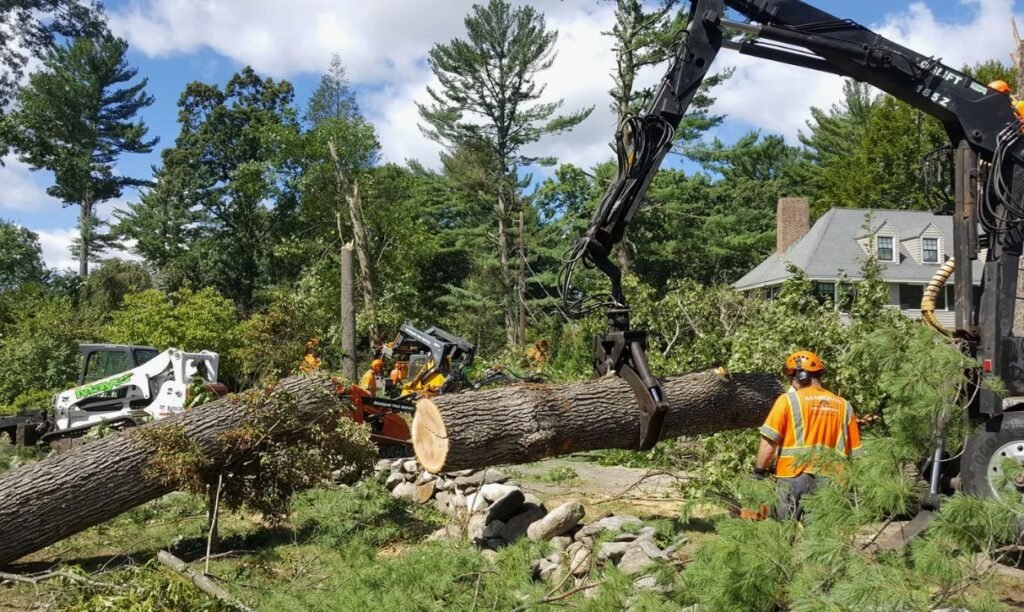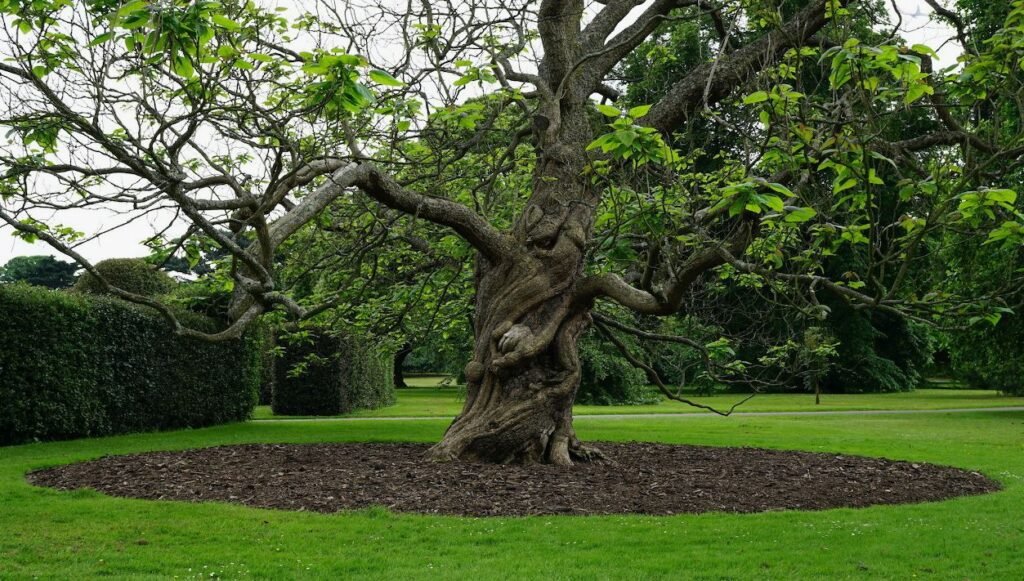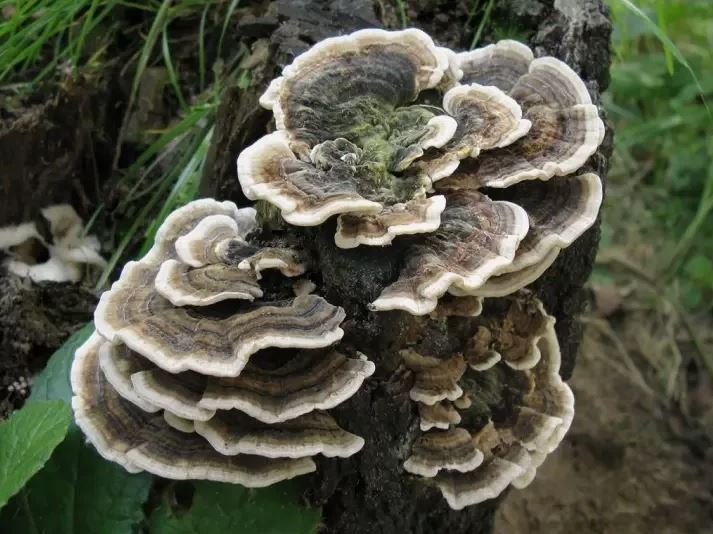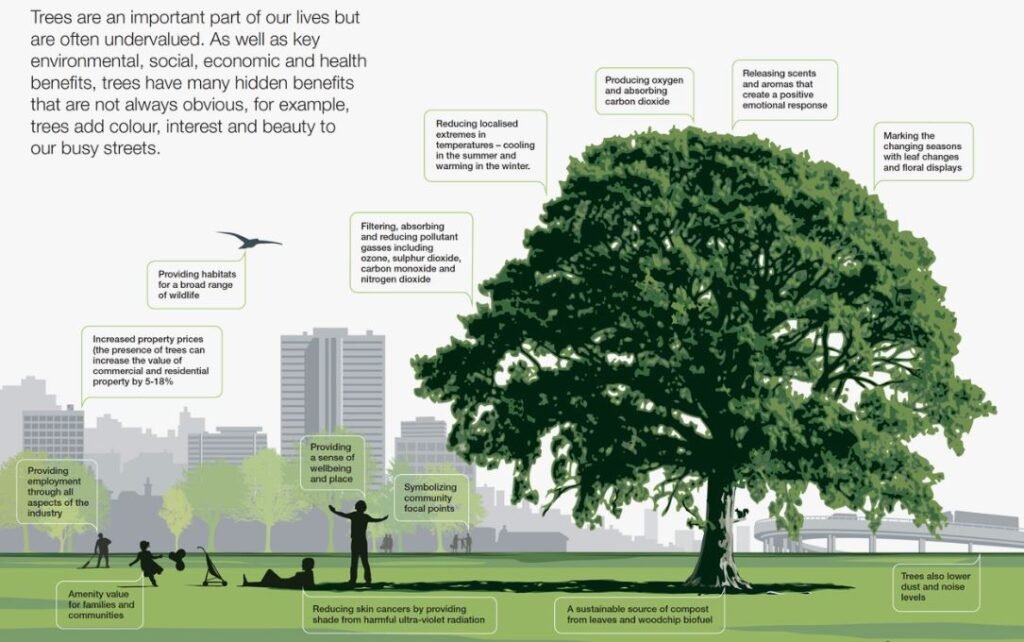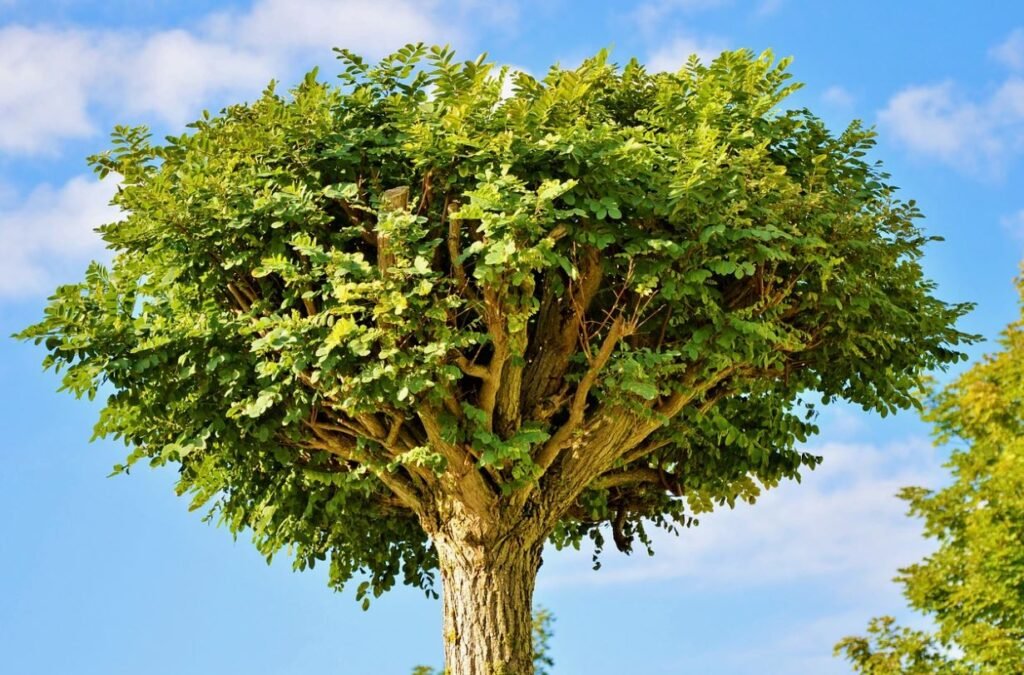Tree Planting Tips
Tree planting is a lifelong investment. It is the easiest way to improve your landscape. Planting of trees also comes with other multiple advantages.
Why plant trees?
Trees increase property values by between 15 and 20 percent. This is one of the most decent return on investment. Every dollar and time spent on planting trees come with interest in the future. Buyers are willing to spend more of their money on homes with trees as opposed to open properties.
Strategically planted trees in a home can serve as air conditioners. During summer trees cool their surrounding and save on heating costs during winter.
Among other benefits, trees purify the air we breathe, provide beauty, slow down run off water reduce noise pollution and improve people’s health. It is also worthwhile to note that mature trees have a value of between 1000 and 10000 USD.
Choosing the right tree for tree planting.
Specific trees do well in specific areas. The species of the tree to be planted must be supported by the existing sol conditions (Nutritional value and pH). Testing the sol is a recommended step before considering the type of trees to plant. It is also possible to establish the tree likely to flourish in the area by visiting arboretums and local parks. These areas mostly contain native trees or trees that have adapted to the area.
You must completely understand a particular variety before planting. The trees mature Size should dictate where it will be planted and its effect on the landscape. Larger mature trees are fit in spacious properties. Smaller trees are suited for walkways and driveways or forming beautiful understories for bigger trees.
Preparation of site for planting
First you must ensure the absence of underground utilities in the area. This is followed by clearing of the field of any weeds or grass. Shallow broad holes are recommended for planting. The hole should only be as deep as the root ball and two or three times the width of the root ball. This width provides ample room for emerging roots to expand. The walls of the holes should be made rough by scraping to make it easier for roots to grow into the soil.
Planting the tree.
Before putting the tree in the hole ensure you remove the container and remove any encircling roots. It is advisable to remove any excess soil to expose the flare. The flare is the point where the trunk spreads out at the soil line.
While descending the tree into the hole you should be careful to hold t by the root ball as opposed to the trunk. The depth of planting is an extremely important factor to consider. Planting too deep deprives the root of oxygen which is necessary for root development. While planting in heavy clayed soils which are poorly drained, the base of the trunk flare should be left 2 to 3 inches above the ground.
By long at the tree from various angles ensure the tree is straight since this is the only chance to position the tree. Using the soil that was dug fill the hole. To stabilize the tree pack soil around the base of the root ball. At this point the root ball should not be wrapped and any fabric, plastic or wire should be rid. The remainder of the sol should be placed firmly to get rid of any air pockets that can cause drying of roots. Fertilization should be avoided at this point. The tree should be staked if the area has frequent strong winds otherwise it should stand on its own.
Follow up care.
The tree should be pruned to remove only broken, dead or diseased twigs. Immediately after planting, water the tree each day for several wees afterwards. The frequency of watering should be reduced when the roots have established into the surrounding soil. Moisture should be maintained but waterlogging should be avoided.
Organic mulch should be applied at this point to moderate the soil temperature and maintain moisture. Common mulches include composted wood chip, leaf litter and pine straw. The mulch should be applied not more than 4 inches deep to avoid oxygen moisture level problems. A mulch free area should be maintained round the base of the tree.
